Hypothermia is when the body’s temperature drops below the normal range. This can happen when you expose to cold temperatures for a long period or when your body loses heat faster than it can produce.
Hypothermia is a dangerous condition that can lead to serious health complications, including death. In cold weather, hypothermia is the body’s response to cold temperatures.
It happens when the body’s temperature becomes lower than the temperature at which it physiologically functions best. There are three stages of hypothermia: mild, moderate, and severe. The symptoms of hypothermia change with each stage and can range from shivering to frostbite.
If you feel cold, shivering uncontrollably, or struggling to think clearly in a cold environment, take action immediately. Here are 10 simple tips to help you save from hypothermia in cold weather.
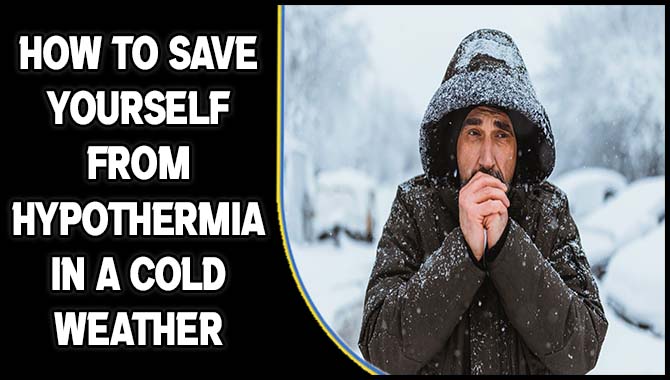
What Is Hypothermia?
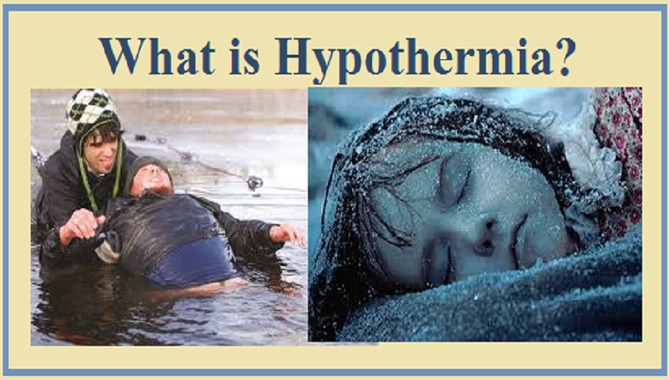
Hypothermia is a condition in which the body’s temperature drops below 95 degrees Fahrenheit. This can happen when someone becomes exposed to cold weather or when their body loses too much heat through the skin. When the body’s temperature drops below 95 degrees Fahrenheit, it initiates a series of physiological responses to restore equilibrium.
These responses include shivering, slowing the heart rate and breathing, and vasoconstriction (narrowing blood vessels). If these responses aren’t successful in restoring the body’s temperature, hypothermia can develop.
In severe cases of hypothermia, people may experience seizures, comas, and even death. Therefore, it is important to take action if you notice any signs or symptoms of hypothermia.
10 Simple Tips How To Save Yourself From Hypothermia In A Cold Weather
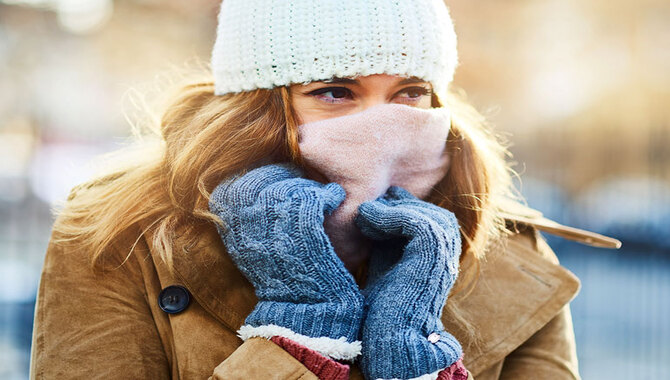
Hypothermia is when your body temperature drops below the normal range. When this happens, your body starts to lose blood flow and muscle function, which can lead to death. The most common cause of hypothermia is exposure to cold temperatures. It’s important to know how to prevent it from happening first, so read on for our top 10 tips.
1. Wear Warm Clothes
It’s important to wear warm clothes when you’re outside in cold weather conditions, especially if you have any cuts or bruises. Cold air makes your blood flow slower and reduces the amount of oxygen that reaches your organs. Wearing warm clothes will help keep you warm and protect you from hypothermia, a condition caused by being too cold.
Symptoms of hypothermia include shivering, muscle aches, fatigue, confusion, and even seizure. If left untreated, hypothermia can lead to death. If you feel particularly chilly, it’s best to head inside and get some warmth. However, ensure you don’t neglect your cuts or bruises – they’ll need extra care to prevent frostbite.
2. Protect Your Head And Ears

Hypothermia is when your body temperature falls below its normal range. This can happen when you expose to cold weather conditions, such as being outside or staying in an environment that’s too cold. If you experience hypothermia symptoms, you first need to get inside and warm up as quickly as possible.
It would help if you also protect your head and ears by wearing a hat, coat, scarf, or gloves. If it’s snowing or raining hard, try to stay sheltered. Do not attempt to walk or move around if you are feeling faint or dizzy – instead, wait until you feel better before doing anything.
If you become hypothermic and can’t find shelter fast enough, you must call for help. Make sure to tell the person on the phone what kind of condition you are in so they can decide the best course of action.
3. Avoid Walking In Deep Snow When Possible
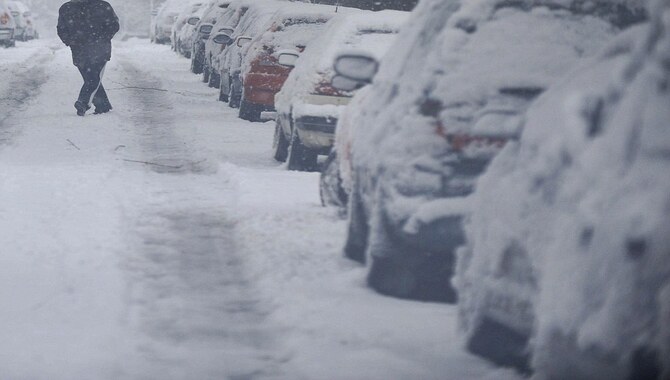
When it’s cold outside, your body is more susceptible to hypothermia. Hypothermia is when your body temperature falls below 95 degrees Fahrenheit. One of the most common ways that this can happen is if you walk in deep snow.
Your feet and legs get cold, which also sends the rest of your body into disarray. Not only does this make you more susceptible to other injuries, but it also reduces the amount of heat that your body produces.
If you find yourself in deep snow, try to avoid walking through it. Instead, take a shortcut or use a vehicle if possible. If you have to walk through it, make sure that you keep yourself warm by wearing layers and remember to drink plenty of water.
4. Stay Dry
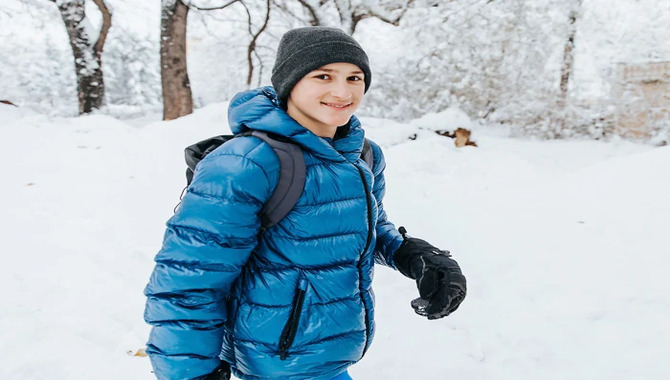
Hypothermia is a condition in which your body temperature becomes too low. This can happen when your sweat and body heat cannot keep you warm enough or if you become wet and cold and don’t have the proper clothes to keep you warm. The best way to avoid hypothermia is to stay dry.
If it’s cold outside and you’re getting wet, try to find shelter as quickly as possible. If there’s nowhere to go, find something solid (like a brick) and cover yourself with it. You should also ensure that you have enough food and water so you don’t lose too much weight, which will only worsen the situation.
If you do get hypothermic, the best thing to do is call for help. Remember that just because someone is cold doesn’t mean they’re in danger – always be cautious before taking any risks.
5. Drink Plenty Of Fluids

Make sure you drink plenty of fluids during cold weather to prevent hypothermia from setting in. This will help you maintain a healthy body temperature and reduce the risk of developing health complications like frostbite.
Drink water, juice, soups, broths, sports drinks, or alcoholic beverages – anything that will help replenish your electrolytes and keep you hydrated. If you feel lightheaded or dizzy, drink more fluids until you feel better. And if you start to shiver uncontrollably, get into a warm environment as soon as possible.
6. Pace Yourself
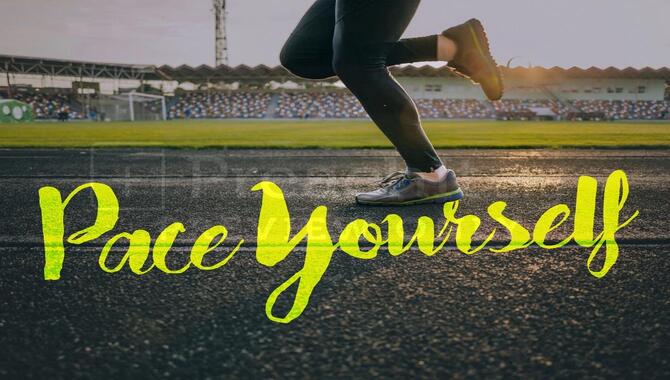
When it comes to hypothermia, the best way to avoid getting too cold is to pace yourself. This means you should only go out in cold weather with a coat, hat, or gloves. If you get caught in the cold weather, you should remove all of your clothing and put on as many layers of clothing as possible.
It would help if you then found shelter – preferably somewhere warm and safe. Once in a shelter, try to stay calm and conserve energy by keeping still and not stirring up any snow or ice. If you feel faint or weak, tell someone nearby what’s happening and ask for help.
7. Get Out Of The Cold
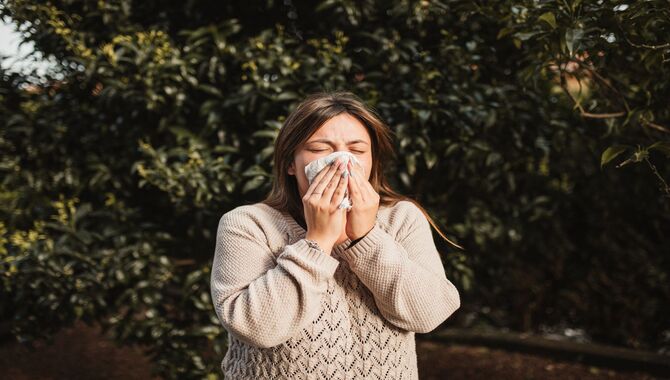
If you find yourself caught in a cold weather emergency, the best thing you can do is to get out of the cold as quickly as possible. When it’s cold outside, your body produces more heat to keep you warm. However, this extra heat makes you even more susceptible to hypothermia. Symptoms of hypothermia include shivering, fatigue, mood changes, vision problems, and impaired thinking. If left untreated, it can lead to death.
To avoid getting hypothermia, the first thing you need to do is seek shelter and dress warmly. Once inside the shelter, ensure you stay well-hydrated by drinking lots of fluids and eating hot foods or snacks. You should also monitor your temperature regularly and take the necessary medications.
8. Know Your Risks
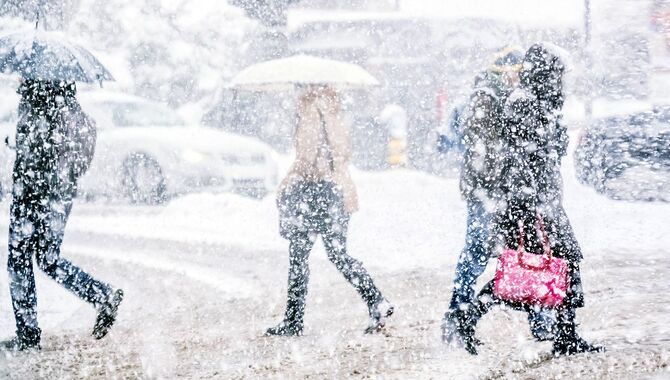
Hypothermia is a condition in which your body temperature becomes dangerously low. It’s most common in cold weather and can lead to serious health complications if not treated quickly. The first step in treating hypothermia is to isolate the victim from the cold environment.
You can move them into a warm place, provide warm drinks and clothes, or use blankets and heated pads to increase their body temperature. Once they’re warm and comfortable, it’s important to administer proper medical care. This includes intravenous fluids and medication to help keep their blood pressure stable and oxygen therapy to promote better breathing.
If you find someone who is experiencing hypothermia, the best thing you can do is contact emergency services right away. By doing so, you can prevent them from developing any serious consequences and ensure that they receive the treatment they need as soon as possible.
9. Wear Layers

When it’s cold outside, make sure you’re wearing as many layers of clothing as possible. This will help you stay warm and protect you from hypothermia. Wear clothes that are tight enough to keep your body temperature in check but loose enough so that you can move and breathe easily.
You should also wear a hat and boots. If you find yourself getting too cold, try to find shelter or escape the cold environment as quickly as possible. If you can’t find shelter, try to build a fire or put on some heaters.
10. Be Realistic About The Situation
Hypothermia is a condition that occurs when your body’s temperature falls below normal levels. It can happen when you’re outside in cold weather or even indoors if the temperature is low enough. The most common symptoms of hypothermia are shivering, unsteadiness, dizziness, and faintness.
If left untreated, it can progress to coma and death. The best way to prevent hypothermia is to be aware of the signs and symptoms of hypothermia and take action accordingly.
If you are experiencing these symptoms, the best thing to do is to get inside and warm up as quickly as possible. If you’re outdoors in cold weather, ensure you have everything you need – including shelter – to stay safe and warm.
What To Do If You Feel Like You Are Getting Hypothermia
Hypothermia is a dangerous condition that can occur when the body temperature falls below 95 degrees Fahrenheit. If you feel cold and hypothermic, the best thing to do is to take immediate action. The first thing to do is warm up by taking a warm shower or bath.
Next, wear multiple layers of clothes and keep your head and feet warm by wearing a hat and boots. If you can’t get out of the cold environment, try to find a warm place to lie down.
Weather you start feeling lightheaded or dizzy, lie down on your back and protect your head with your hands. If frostbite is an issue, seek medical attention immediately. Hypothermia is a serious condition and can easily lead to death if not treated quickly.
The Main Causes Of Hypothermia
There are a few main causes of hypothermia, depending on the person’s age, sex, and physical makeup. The most common cause of hypothermia is becoming wet. This happens when someone’s body loses heat faster than it can generate, and the freezing temperature eventually affects their internal organs. Wetting down also leads to a decreased level of oxygen in the blood, which can lead to unconsciousness and death in extreme cases.
Another major cause of hypothermia is carbon dioxide poisoning. This happens when someone breathes in high levels of CO2 from an enclosed space like a car or train, and the gas binds with water molecules to form a thick liquid that clogs up your lungs and reduces your ability to breathe.
The suffocation caused by this liquid then leads to hypothermia. Lastly, hypothermia you can cause by exposure to cold weather conditions without proper clothing or shelter. This happens when somebody’s body doesn’t have enough insulation to keep them warm, even if they’re well-fed and hydrated.
Conclusion
Hypothermia is when your body temperature falls below the normal range. This can happen when you expose to cold weather conditions for a prolonged period. There are several signs and symptoms of hypothermia, but the most common is shivering.
Shivering is your body’s attempt to generate heat; if it doesn’t have enough energy to do this, it will eventually slow down your heart rate and blood flow. If you notice these signs or symptoms in yourself or someone else, the best action is to seek shelter and warm up as quickly as possible.
Hypothermia is a dangerous condition you can easily prevent with simple tips. Follow save yourself from hypothermia in cold weather 10 tips; you’ll be able to stay warm and safe during a cold weather emergency. Carefully take action to save yourself from hypothermia.
Frequently Asked Questions:
1.How To Avoid Hypothermia In Cold Weather?
Ans: You can do a few things to help avoid hypothermia in cold weather. One of the most important is to stay warm and dry. Make sure you’re wearing proper clothing and staying as close to fireplaces, heaters, or other heat sources as possible. If you’re wet from exposure or frostbite, try to find shelter near a warm body until temperatures start rising again.
2.What Is The Fastest Way To Cure Hypothermia?
Ans: If medical attention is not immediately available, the fastest way to cure hypothermia is to place the person in a warm environment and remove any wet clothing. Wrapping the person in blankets or layers of dry clothing and giving them warm fluids to drink will also help.
3.What Is The First Thing To Do For A Hypothermia Person?
Ans: If someone is hypothermic, the first thing to do is warm them up. Try to get them into a warm environment as quickly as possible and remove any wet clothing. If medical attention is not immediately available, give them fluids to drink and wrap them in blankets or layers of dry clothing.
4.Can You Recover From Hypothermia On Your Own?
Ans: Yes, you can recover from mild hypothermia on your own. Here’s how:
- Get out of the cold environment and into a warm, sheltered area where you can warm up.
- Wear warm clothing and wrap yourself in a blanket or sleeping bag.
- Drink a warm, sweet beverage like hot tea or cocoa.
- Eat high-calorie foods like nuts and chocolate.
- Get into a warm bath or shower.
5.What Are The Signs That I’m Developing Hypothermia?
Ans: Signs of hypothermia include shivering, confusion, slurred speech, and feeling very tired. Other signs of hypothermia include pale skin, shallow breathing, and a slow heart rate.

Leave a Reply